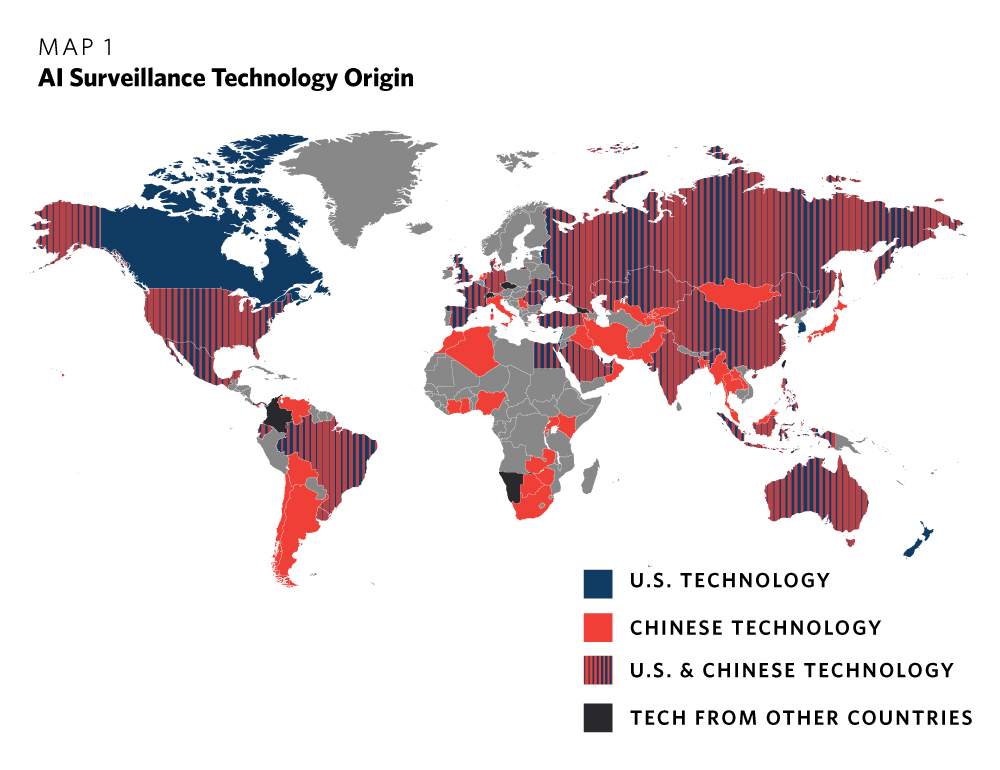
With a passion for diving into the latest tech trends, Casey Roberts brings a fresh perspective to EMA’s tech news coverage. When not typing away on the keyboard, you can find Casey exploring new coffee shops in the city.
Electromagnetic Technology Revolutionizing Groundwater Mapping
The California Department of Water Resources (DWR) has embarked on a groundbreaking initiative to map the state’s groundwater basins using cutting-edge electromagnetic technology. This innovative approach, combined with aerial surveys conducted by helicopters, aims to provide a comprehensive database of California’s underground water resources.
Out of sight but not out of mind, groundwater plays a crucial role in California’s water supply. With 515 basins capable of storing significantly more water than surface sources, understanding and managing these resources are paramount for the state’s water security.
Unveiling Hidden Depths: The Airborne Electromagnetic Survey Project
The DWR’s airborne electromagnetic survey project, now in its initial phase, utilizes advanced technology to delve beneath the surface and uncover vital information about groundwater basins. By towing a large hoop that emits signals into the ground, the survey captures data on the composition of the earth below, including sand, silt, and gravel.
Steven Springhorn from the DWR likened the process to an “MRI for the earth,” with signals penetrating up to 1,000 feet below the surface. Over the course of two years, the project has covered 16,000 line miles across 100 groundwater basins, providing a wealth of real-time data.
Real-Time Data: A Game-Changer for Water Management
The mapping project’s significance extends beyond mere data collection. For stakeholders like Ken Mitchell, owner of Mitchell Farms, having access to real-time mapping data is a game-changer. Mitchell emphasized the importance of addressing water storage challenges, highlighting the need for updated infrastructure in California.
Springhorn emphasized that the project’s design prioritizes local agencies, offering insights into basin composition, water movement through different materials, and optimal storage locations using natural infrastructure. This data is crucial for preparing California to navigate future challenges such as droughts and floods.
Paving the Way for Sustainable Water Management
The mapping project not only enhances our understanding of groundwater availability but also streamlines the efficient utilization of groundwater during water scarcity. By integrating subsurface mapping data with local agencies’ information, the project aims to develop tailored solutions for sustainable water management.
As California braces for the impacts of climate change, the DWR’s initiative stands as a beacon of proactive water resource management. By combining cutting-edge technology with local expertise, the project sets a precedent for informed decision-making in water management.
In conclusion, the California Department of Water Resources’ use of electromagnetic technology and aerial surveys to map groundwater basins marks a significant step towards sustainable water management in the state. By harnessing innovation and collaboration, California is poised to address water challenges and secure its water future.















